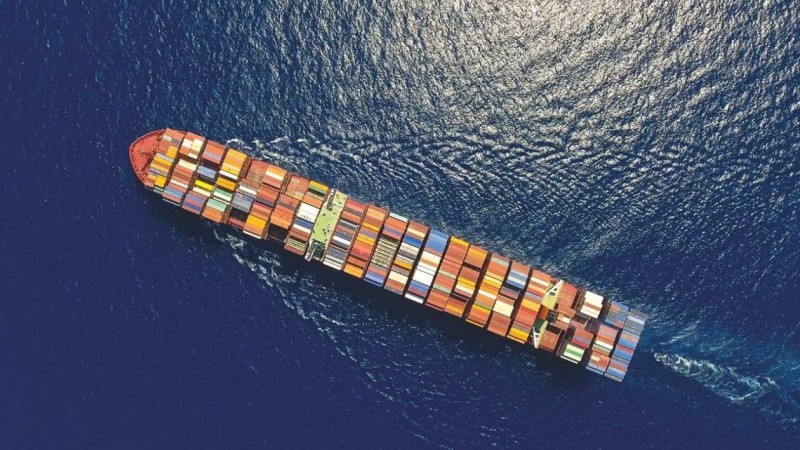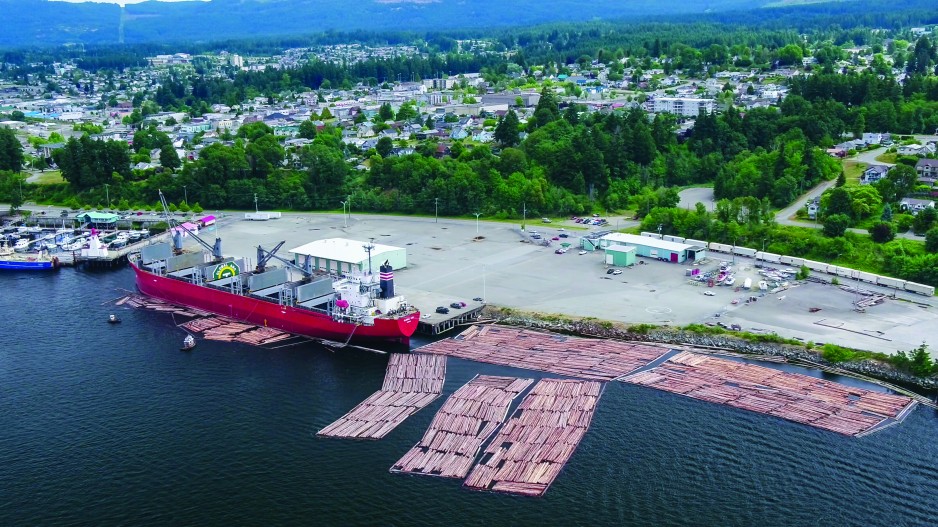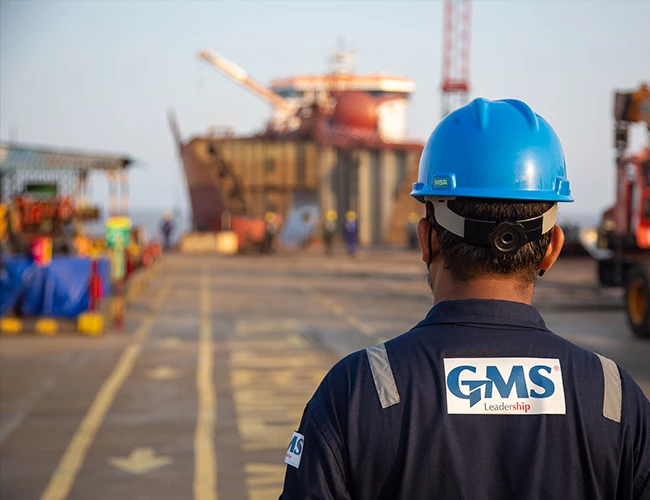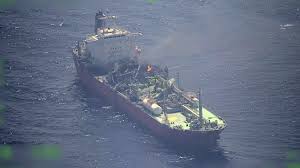Container Shipping Faces Demolition Dilemma as Surplus Capacity Builds Toward 2030
The container shipping industry is staring at an uncomfortable reality. With newbuildings set to flood the market through the remainder of the decade, shipowners will need to demolish as much as 4.5 million twenty-foot equivalent units (teu) of capacity by 2030 to restore balance. Yet, the ability of global shipbreaking yards to meet that demand is increasingly in doubt.
Consultancy Linerlytica, in its latest weekly report, said the challenge facing the sector is stark. To keep the market in equilibrium, the industry will have to match in just four years the same level of demolition it achieved over the past quarter of a century. “The rapidly swelling orderbook will need to be balanced by a sharp increase in scrapping, with at least 4.5 million teu to be removed by 2030, equivalent to the cumulative capacity demolished in the last 25 years,” the firm warned.
The problem is that scrapping volumes have been exceptionally weak. So far this year, only 12 container ships, totaling just 8,465 teu, have been dismantled—hardly a dent in a global fleet that has grown relentlessly. Analysts are increasingly pointing out that the industry is ignoring the need for timely demolitions, and that the longer it delays, the more disruptive the correction will be.
Jonathan Roach, researcher at Braemar, noted in his latest market update that container ship demolition has “all but collapsed” in 2025. “The sale of a vessel for recycling has become such a rarity that each transaction is now an event in itself,” he said. Braemar data shows that the average age of vessels being sent for recycling has risen to 28 years, compared with a more typical 23 to 24 years in earlier periods. At this pace, removals amount to only 0.09% of the fleet this year, a fraction of the five-year average of 1.6%.
Such depressed levels were last seen during the Covid-era demand boom of 2021–22, when carriers were reluctant to retire older tonnage. In more typical years since 2010—excluding the pandemic boom and the current slump—annual container ship scrapping has averaged around 210,000 teu, or about 150 vessels. By contrast, Roach highlighted that as recently as 2016 demolitions reached 670,000 teu, while between 2012 and 2017 the average was 410,000 teu.
Even if demand for demolition surges, the world’s shipbreaking yards may struggle to cope. A major factor is the entry into force of the Hong Kong International Convention for the Safe and Environmentally Sound Recycling of Ships (HKC) in June this year. The convention introduces stricter standards for safety and environmental protection, requiring major upgrades at many yards, especially in South Asia where the majority of shipbreaking occurs. Roach cautioned that the HKC will act as a restraint, as shipbreaking nations adapt to compliance at varying speeds. “HKC compliance is likely to reduce immediate capacity, but the expected surge in box ship demolition demand should spur investment in compliant yards, enabling global recyclers to scale up over the next five years,” he said.
The industry’s dilemma is magnified by the widening gap between fleet growth and cargo growth. According to Dynamar data, container trades expanded by an average of just 2.2% between 2014 and 2024, while capacity surged at a far faster 5.6%. Dynamar analyst Darron Wadey noted that if fleet growth had kept pace with demand, the global fleet would stand at 23.4 million teu at the end of 2024. Instead, it has ballooned to 32.4 million teu, leaving a 9 million teu surplus.
In simple terms, this means nearly 9 million teu would need to be removed to maintain a “mathematical equilibrium.” But as Wadey pointed out, the equation is complicated by real-world distortions. “Trade imbalances have grown substantially; an imbalanced trade can require more capacity (and bigger ships) than a balanced one that might actually be worth more cargoes. We have diversions around the Cape of Good Hope, delays caused by extreme weather and congestion at key points all along the supply chain.”
These disruptions, though frustrating, soak up some of the excess tonnage. Carriers themselves have acknowledged that a certain buffer is now necessary. Hapag-Lloyd chief executive Rolf Habben Jansen argued in a recent webinar that extra capacity has become essential to cover the unexpected, whether from weather disruptions, war zones, or port congestion.
The World Bank estimates that between 5% and 6% of the global fleet was tied up last year due to disruptions. Even at the higher end of that estimate, however, the effect is modest: net available capacity still grew 0.7% faster than cargo volumes. Wadey warned that once geopolitical disruptions such as those in the Red Sea ease, “there will be an awful lot of capacity suddenly running around with apparently very little to do.”
That prospect underscores the urgency of addressing demolitions. If shipowners fail to accelerate scrapping, the market risks tipping into a prolonged oversupply that could drag down freight rates and undermine the fragile recovery of carriers. Yet, with regulatory hurdles, limited yard capacity, and owner reluctance, the path to the 4.5 million teu demolition target by 2030 looks increasingly steep.
For now, the industry finds itself caught between a rock and a hard place—needing to dispose of ships at an unprecedented pace while lacking the infrastructure and incentives to do so. Unless the balance shifts, the world’s container fleet may be heading into the next decade far more top-heavy than the market can sustain.
Author: shipping inbox
shipping and maritime related web portal









